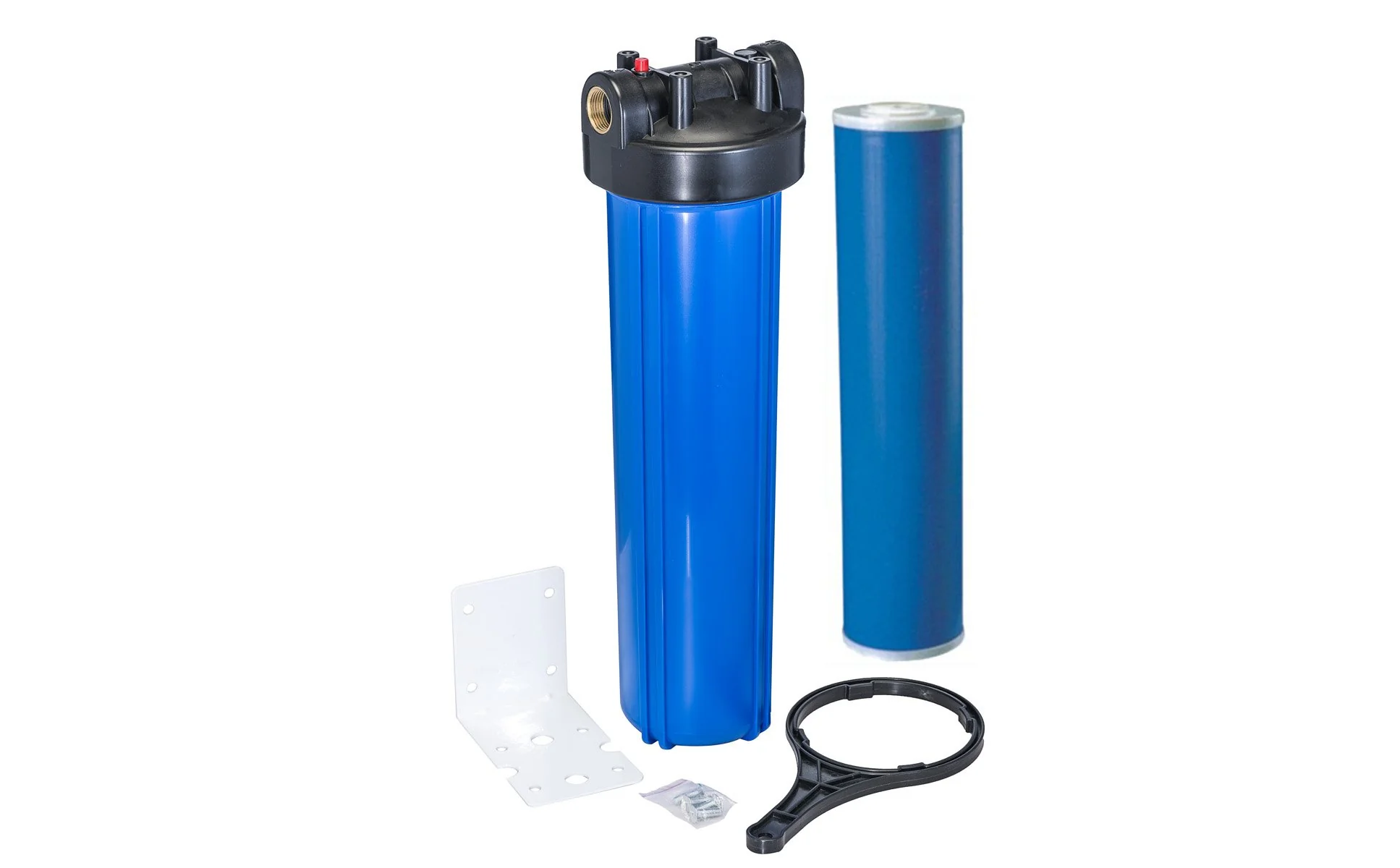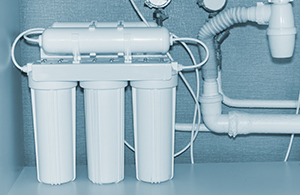What are the Benefits of Using a Whole House Water Filter?
What are the Benefits of Using a Whole House Water Filter?
Blog Article
Just about every person has got their personal conception when it comes to What are the Benefits of Using a Whole House Water.

Whole house water filters are the excellent choice for people that have an interest in having a home that provides tidy, drinkable water. Together with providing top quality drinking water throughout the house, an entire home water filter also gives benefits such as getting rid of pollutants that create finding in water that is used to clean dishes. Unfiltered water can additionally trigger problem such as wearing away plumbing and also home appliances, destroying apparel that is washed and discolor sinks or showers. Although whole residence water filters are typically made use of in domestic residences, they can likewise be an effective choice for homes or workplaces.
At first, it might appear that whole residence water filters would be exceptionally costly when contrasted to other filter alternatives, however they are in fact an extremely cost-efficient option for water purification. The price series of these water filters is large, beginning at 2 hundred dollars and also costing as long as one thousand dollars. The cost of the filters depends on their size, product and life expectancy. This might look like a very high cost, yet when compared with various other filter alternatives, it is actually extremely cost effective because of the quantity of filtering system that it offers.
Entire residence water filters purify water in the exact same style that filters, such as kitchen counter or under sink filters, do. The difference is that it needs just one filter, which is attached to the main water resource, as opposed to needing several water filters to be connected to various devices. Just like the various other filters, whole home water filters detoxify tap water by forcing it with numerous different stages of filtering. Among the stages is carbon purification. Carbon is an efficient technique of filtering system water due to the fact that it is porous as well as has the capability to eliminate tiny and also huge impurities. Carbon is important in eliminating unpredictable natural carbon substances, which in some cases can cause serious damage to the liver, kidney or central nerve system. Carbon likewise gets rid of unsafe substances such as pesticides, industrial solvents and insecticides.
One more vital action of the purification procedure entails a procedure such as ionization or micron purification. This action gets rid of thousands of impurities found in tap water, and transforms the water to great tasting, healthy drinking water. As mentioned earlier, the main advantage of whole residence water filters are that they provide filtered water throughout your house with making use of just one filter.
An additional benefit of entire residence water filters is the lengthy life expectancy that they use. A number of these filters last between fifty and one hundred thousand gallons of water. For numerous, the main drawback of whole home filters is the more than typical cost. Although these filters are extremely budget-friendly, they do need a big investment up front. Entire residence water filters can likewise need a significant amount job to mount.
How to Remove Iron Bacteria from Well Water
If your drinking water comes from a private well, you will likely experience issues with iron in your water. These issues can range from poor-tasting coffee to bright orange streaks in toilets and bathtubs. However, there’s an equally familiar but less understood problem linked to iron contamination: iron bacteria, also known as “iron-eating” or “iron-oxidizing” bacteria.
Iron is one of the most abundant minerals in the earth’s crust. As a result, elevated levels of iron are usually widespread in the groundwater that serves wells, often fostering the growth of iron bacteria in well water. These organisms can combine oxygen with iron, manganese, or other nutrients in the water to form a swampy sludge containing rust deposits, bacterial cells, and other organic and inorganic matter. This slimy residue then sticks the bacteria to pipes, pumps, plumbing fixtures, and appliances, causing clogging, foul tastes and odors, corroded pipes and plumbing fixtures, etc.
Well-water systems used infrequently or intermittently are typically more prone to iron bacteria problems. To make matters worse, removing these organisms from your water can be complicated, which is why we recommend taking steps to prevent them from forming in your well in the first place. Luckily, this article explains a highly effective way to remove iron bacteria from well water. Let’s start by discussing what iron bacteria are and how they get into well water.
Signs of Iron Bacteria in Water
If your household water supply is contaminated with iron bacteria, you might notice several unappealing signs that may indicate iron bacteria presence. These signs may include:
Stains and deposits on plumbing fixtures, pipes, and appliances
One of the most common indicators of iron bacteria in well water is stains and deposits on plumbing fixtures, pipes, and appliances. Water containing these organisms will leave rust-colored slime stains and deposits in sinks and toilets and inside well casings. You’ll also notice stains on fixtures, tableware, laundry, and various surfaces, that keep coming back no matter your cleaning method or efforts. These stains can be grey, yellow, or brown but are often a reddish-orange rust-like color.
Discoloration
Water containing iron bacteria can have a yellow, red, or orange hue. Further, visible deposits that have a clumpy or slimy consistency are very likely to have been caused by the presence of iron bacteria. Iron bacteria deposits are widespread in toilet tanks. In many cases, the deposits will take the form of a slimy coating along the walls of the tank. If the bacteria have been in the water for a lengthy period, the deposits could float in the water.
Oily sheen on the water surface
A quick and easy way to check for the presence of iron and other slimy-producing bacteria is to look in the water closet tank of your toilet. If you see an oily sheen on the surface of the water and can feel a slimy residue on the inside of the tank, slime-producing bacteria are likely present in your water system. If you use disinfectant in your tank, evidence of these conditions might not be so apparent.
https://www.springwellwater.com/how-to-remove-iron-bacteria-from-well-water/

I found that piece on What is a Whole House Water Filter and How Does It Work? when surfing around the web. Sharing is good. Helping others is fun. We enjoy reading our article about Choosing Home Water Filters & Other Water Treatment Systems.
Visit Homepage
Report this page